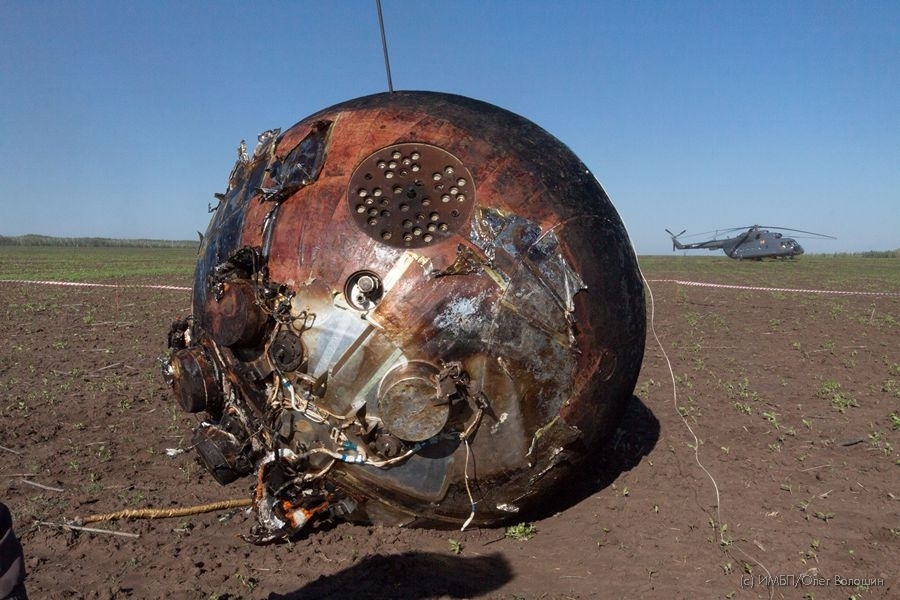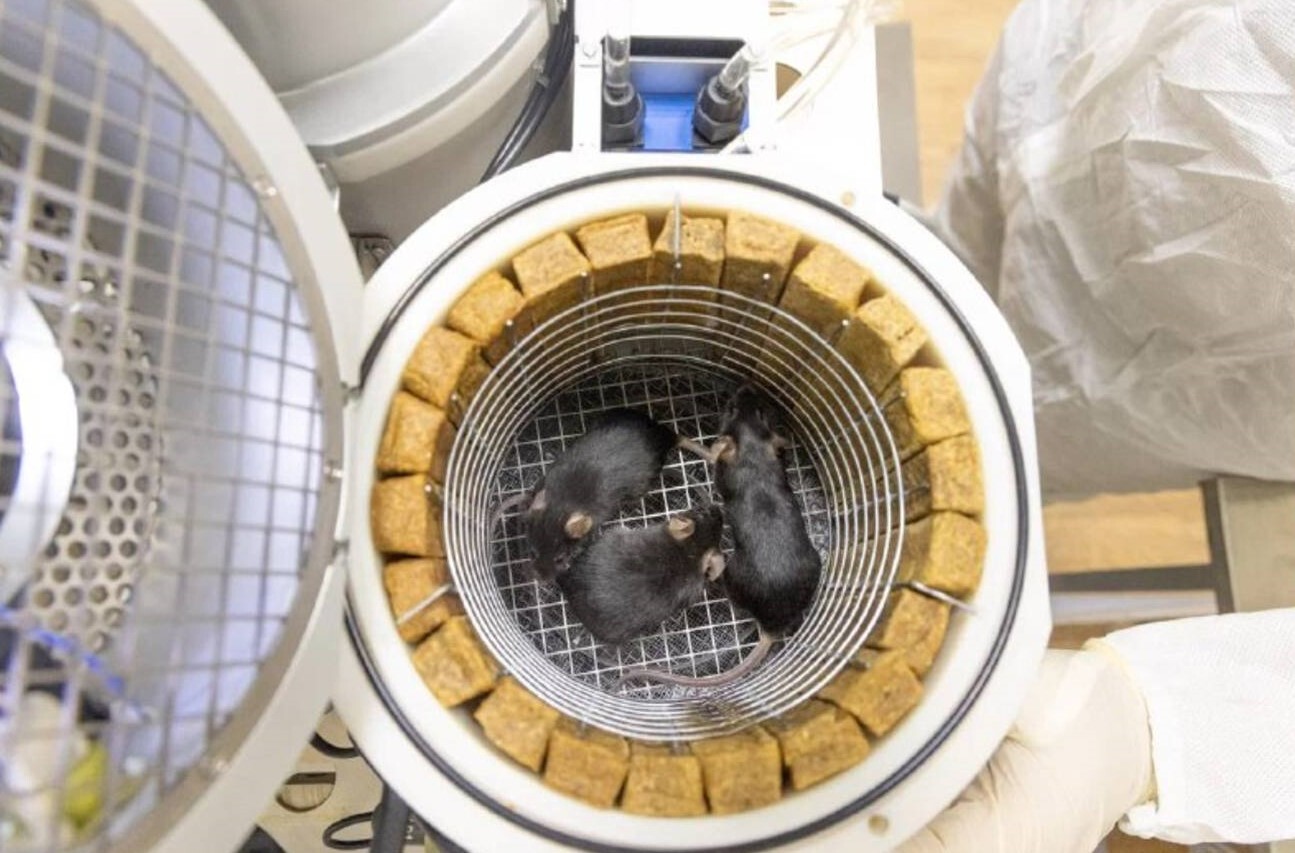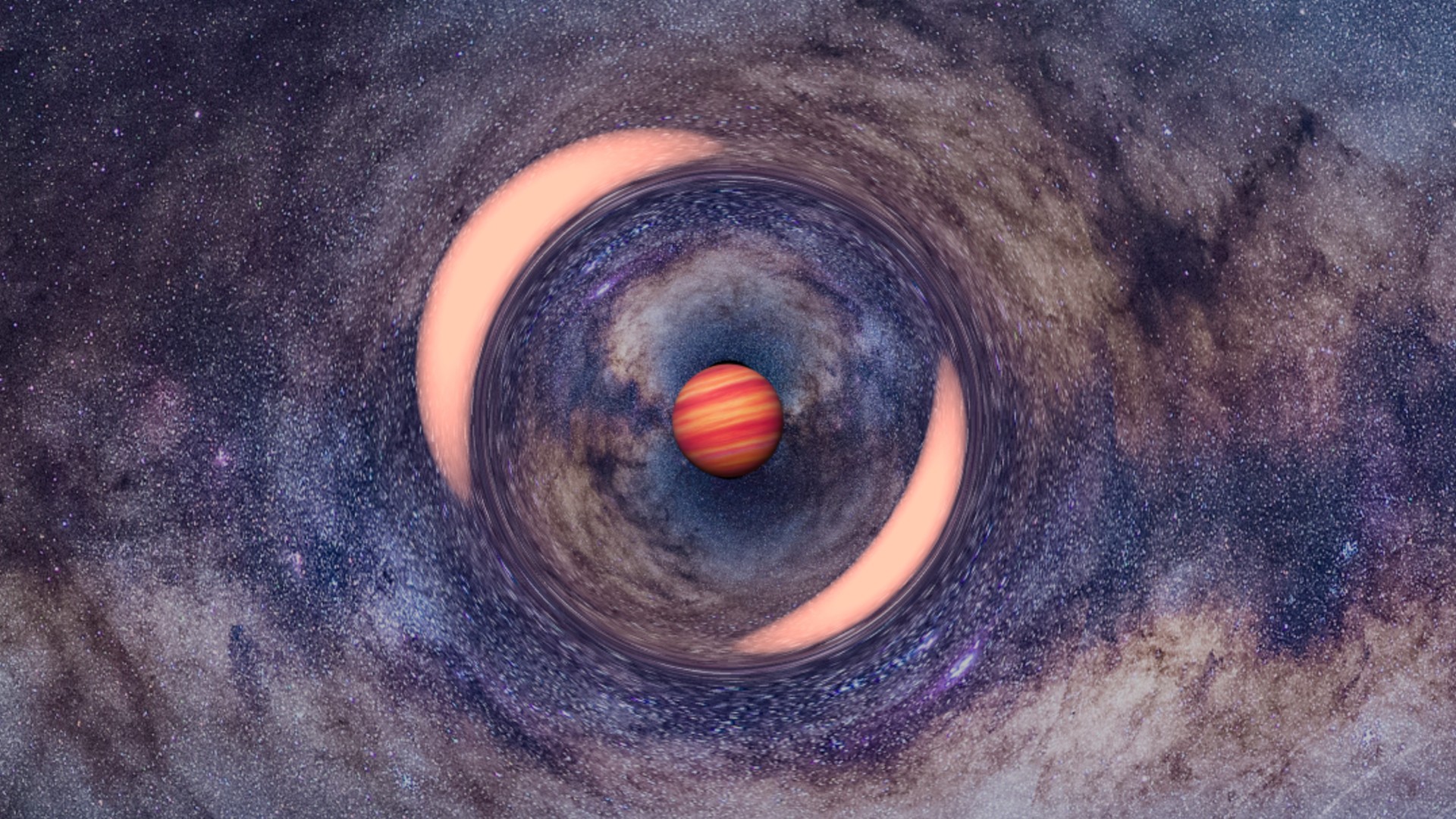Russia launches mice, microbes and more on monthlong mission to Earth orbit (video)
Russia just sent a mini menagerie to orbit.
The Bion-M No. 2 biosatellite launched atop a Soyuz rocket from the Russia-run Baikonur Cosmodrome in Kazakhstan today (Aug. 20), rising off the pad at 1:13 p.m. EDT (1713 GMT; 10:13 p.m. local time in Kazakhstan).
Onboard are 75 mice and 1,000 fruit flies, along with a variety of microbes, cell cultures and plant seeds. These living payloads will spend a month circling Earth, to help scientists gauge the effects of spaceflight on organisms and their various systems.
As its name suggests, the newly launched mission is the second in Russia's Bion-M line of space-medicine investigations, the successor to the nation's previous Bion program. (The last of the original Bion missions, Bion 11, flew in 1996.)
Bion-M No. 1 launched in April 2013, sending a diverse assemblage of creatures to low Earth orbit for 30 days. These payloads included "rodents, amphibians, reptiles, crustaceans, mollusks, fish, insects, bacteria, plant and animal cell cultures," according to a NASA mission description.
Bion-M No. 2 was supposed to follow in 2016 or 2017 but was beset by a series of delays, as Anatoly Zak of RussianSpaceWeb.com noted. Everything was finally ready today, and the spacecraft got off the ground at long last.
Like its predecessor, Bion-M No. 2 is expected to circle Earth for a month. It will do so in a different orbit, however — one that takes it over the poles, increasing the exposure to cosmic radiation substantially compared to Bion-M No. 1.
Breaking space news, the latest updates on rocket launches, skywatching events and more!
The mission's capsule will then parachute back to Earth, where it will be retrieved and taken back to the lab. Researchers will pore over the payloads, studying how the various organisms — and simulated moon dirt and rock, which also launched on Bion-M No. 2 — were affected by microgravity and radiation.

Such work is designed to help Russia prepare for human exploration of deep-space locales, particularly the moon.
Russia is targeting Earth's nearest neighbor in the relatively near future: It's a partner on the International Lunar Research Station, a China-led effort to establish a crewed moon base in the 2030s.

Michael Wall is a Senior Space Writer with Space.com and joined the team in 2010. He primarily covers exoplanets, spaceflight and military space, but has been known to dabble in the space art beat. His book about the search for alien life, "Out There," was published on Nov. 13, 2018. Before becoming a science writer, Michael worked as a herpetologist and wildlife biologist. He has a Ph.D. in evolutionary biology from the University of Sydney, Australia, a bachelor's degree from the University of Arizona, and a graduate certificate in science writing from the University of California, Santa Cruz. To find out what his latest project is, you can follow Michael on Twitter.
You must confirm your public display name before commenting
Please logout and then login again, you will then be prompted to enter your display name.

